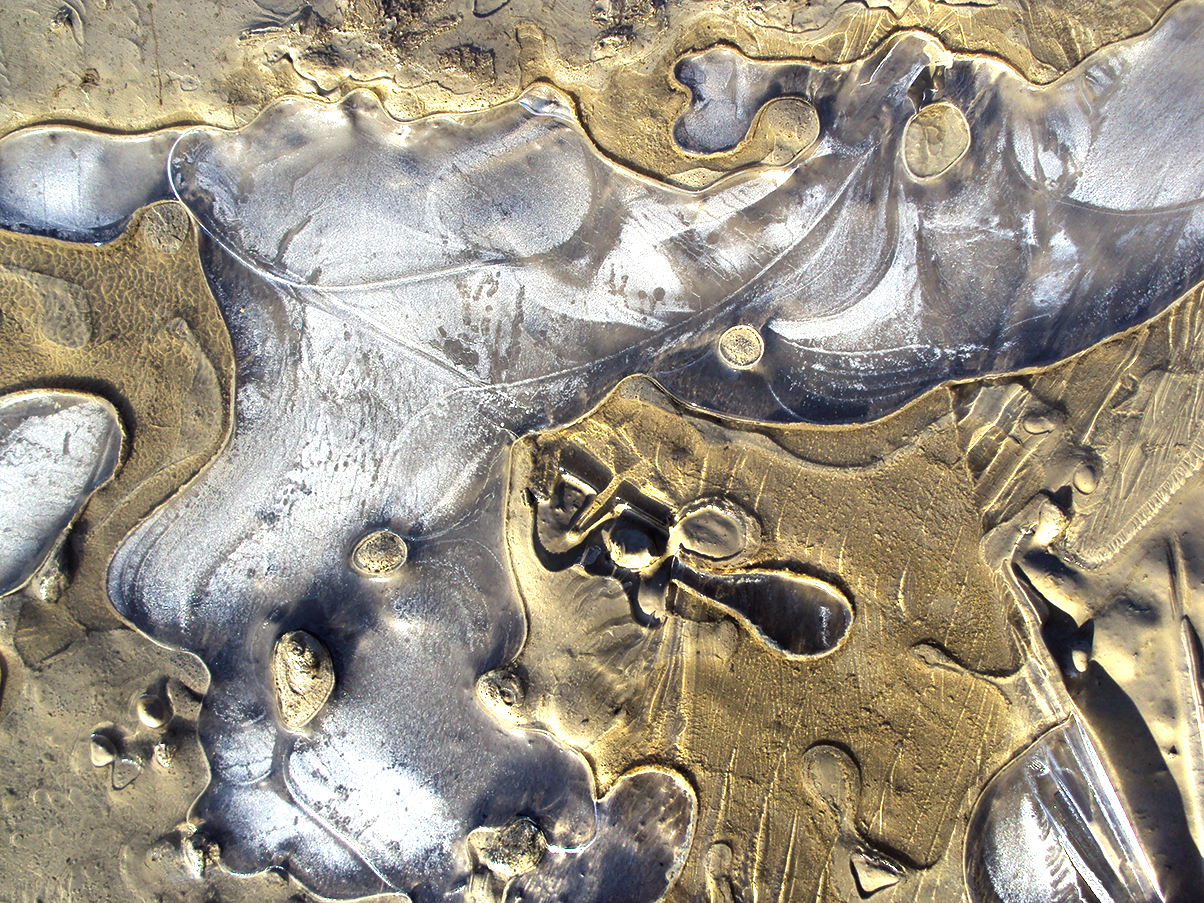Like any other market, the helium market fluctuates depending on supply, but new research suggests we may have more helium than we realized.
Led by Diveena Danabalan, a team of researchers from Durham and Oxford Universities studied natural gas samples from 22 different wells along the Rocky Mountain line in the United States and Canada to test for the presence of helium, neon, and argon.
They came to realize that whenever they found the presence of helium in a natural gas well, a second neon isotope tracer that is only ever associated with groundwater would also be present.
Which means what, exactly?
“This means that in certain geological regions, groundwater transports large volumes of helium into natural gas fields, where trapping potential is greatest,” said Danabalan. “On a continental scale, and we are talking about a line running right down the Rocky Mountains, we are seeing processes which are releasing the existing helium which has been built up deep underground over hundreds of millions of years.”
Danabalan presented her research at the 25th Anniversary 2015 Goldschmidt conference in Prague on Wednesday.
In some places, like Yellowstone National Park, some of that ancient helium is escaping in massive quantities directly through our atmosphere and there is nothing we can do about it.
In other places though, the escaped helium already dissolved into the groundwater hundreds of millions of years ago during the tectonic shifting that formed the Rocky Mountains. The study suggests that it then rode with that groundwater down natural channels, ultimately collecting in the same underground reservoirs that we drill for natural gas today.
So, while some are looking toward mining the moon for helium, it may just be that we have extra reserves of helium right here on the old blue marble.
Danabalan concludes, “There are almost certainly reservoirs of helium which we had not anticipated. More importantly, understanding how and why helium arrives in these reservoirs means that we now know where to look for new helium resources.”
With tectonic features similar to the Rockies scattered across the planet, massive, undiscovered traps of ancient helium likely exist worldwide. To find them, prospectors would trace back the path that groundwater travels from in those regions until they are led to the source of the helium-infused groundwater.
Think of it like a kind of run-off treasure map.


